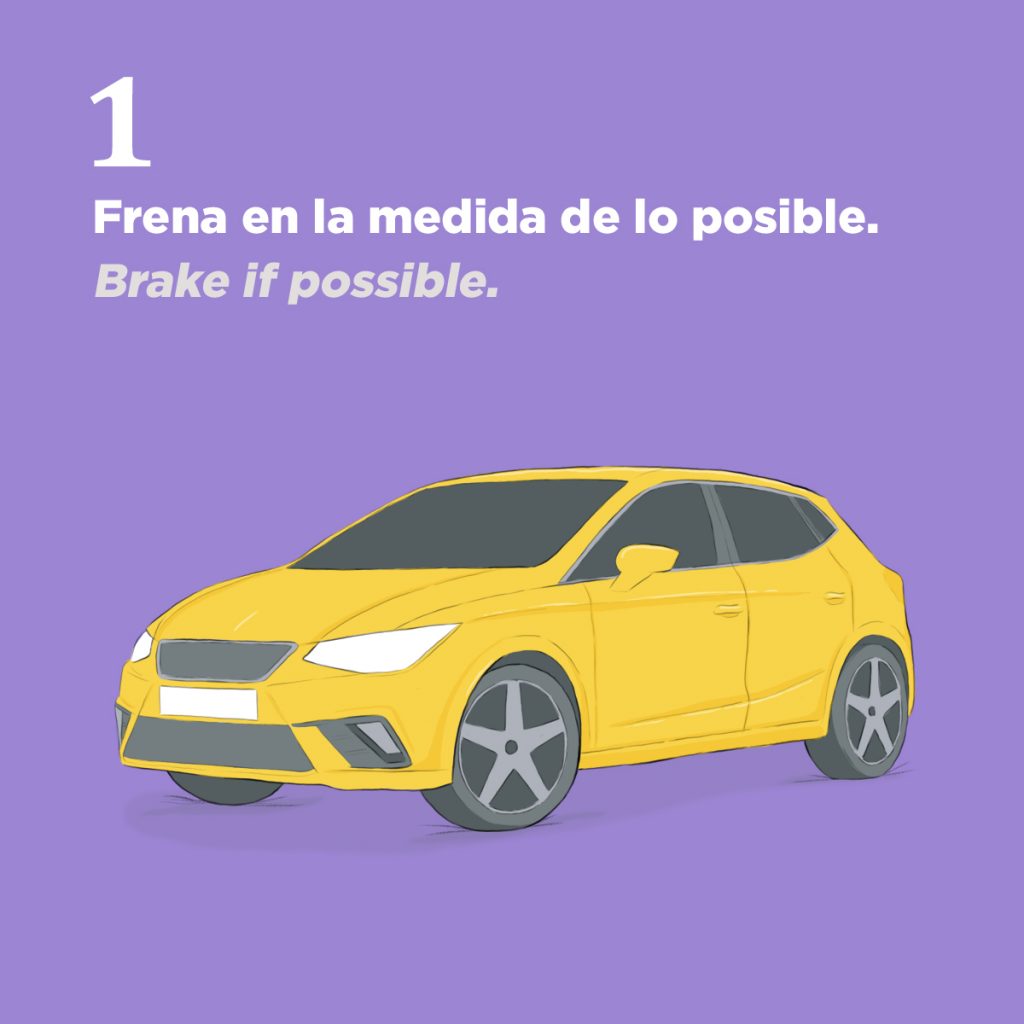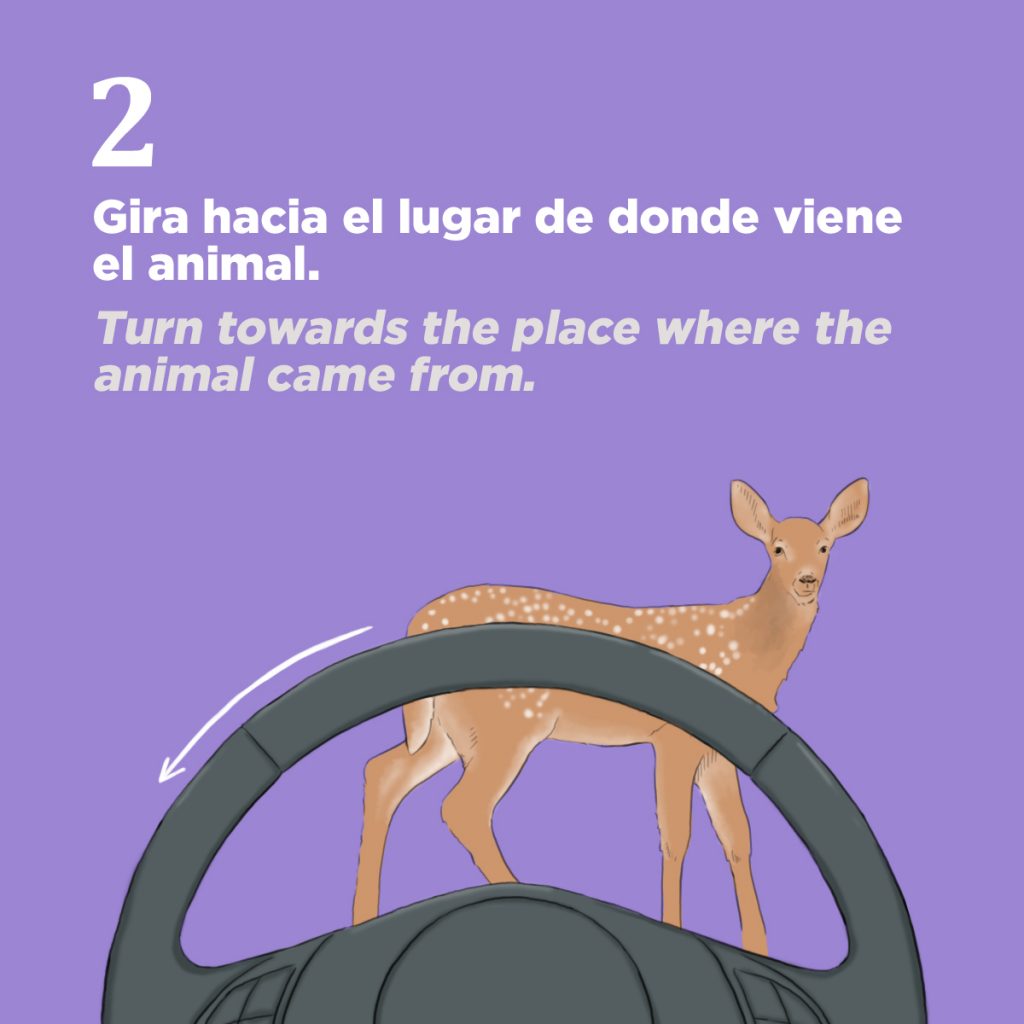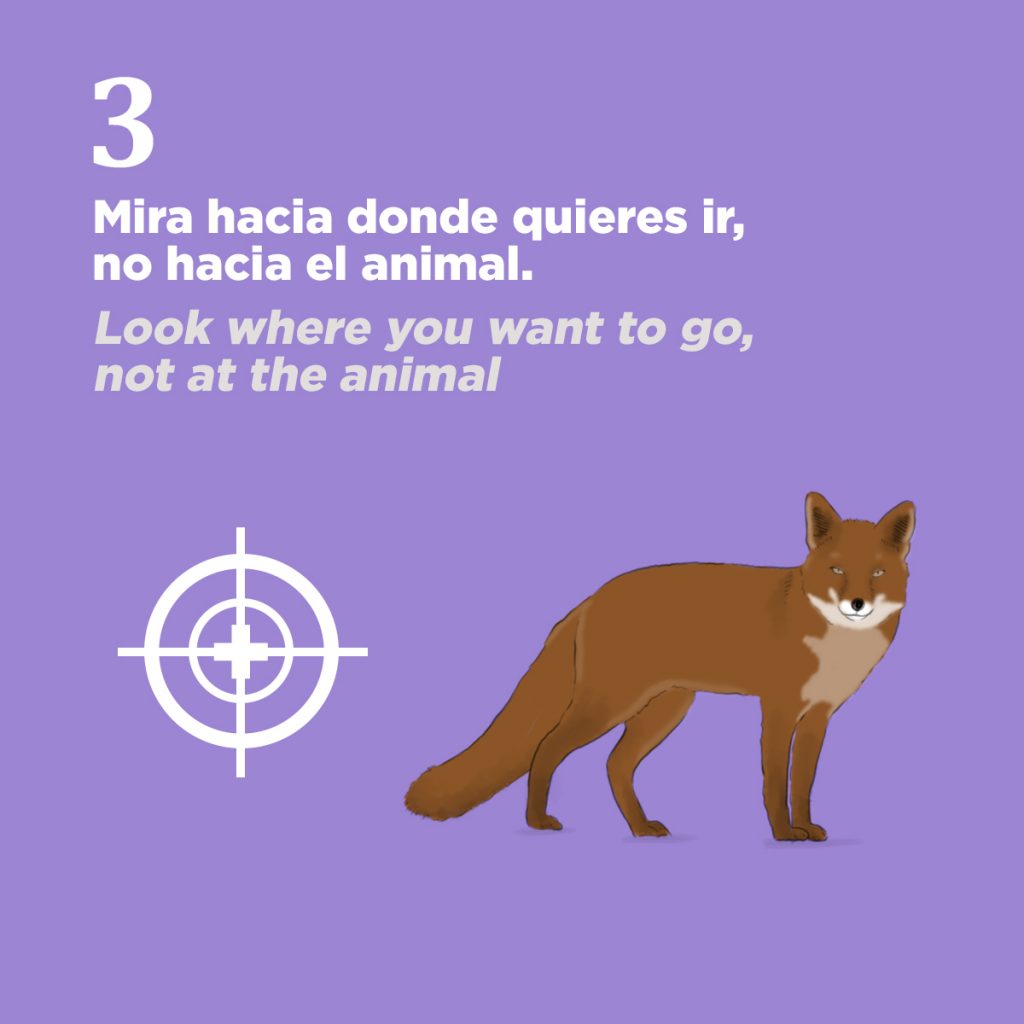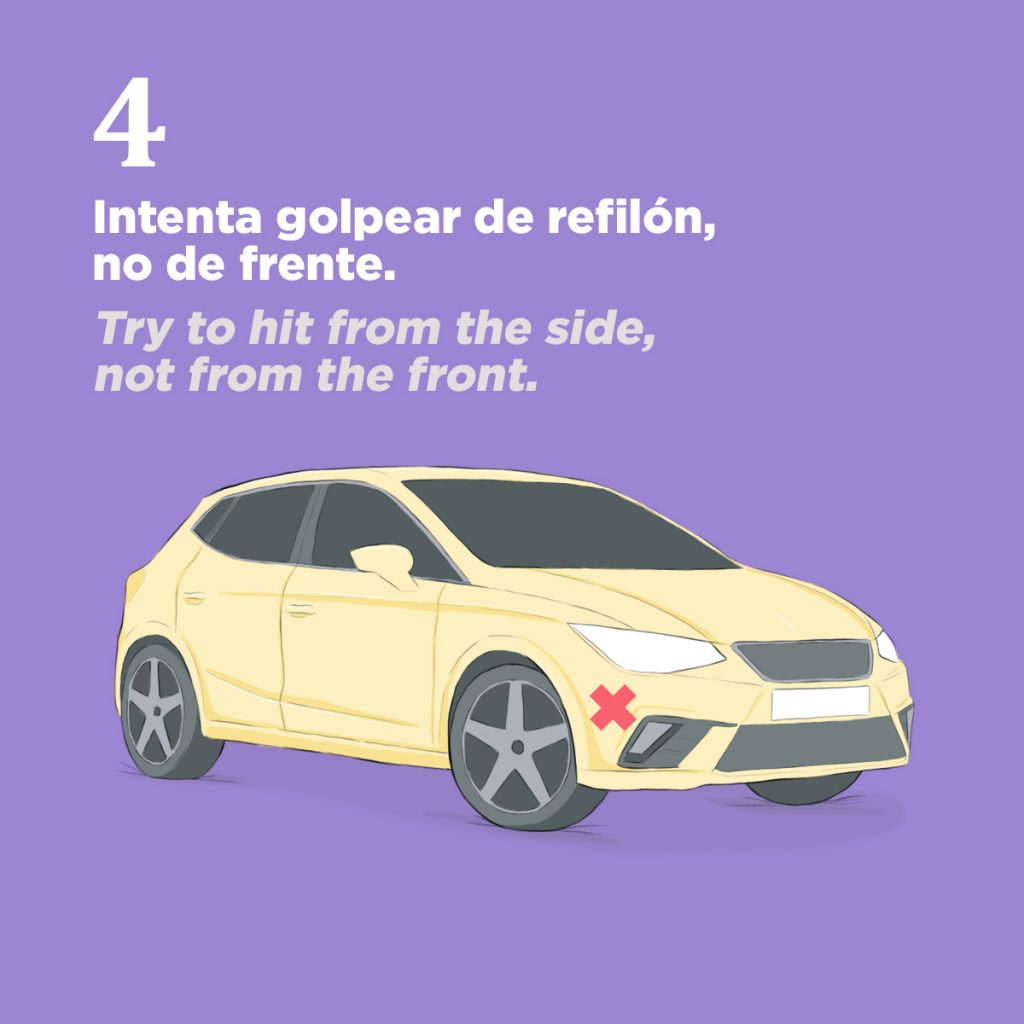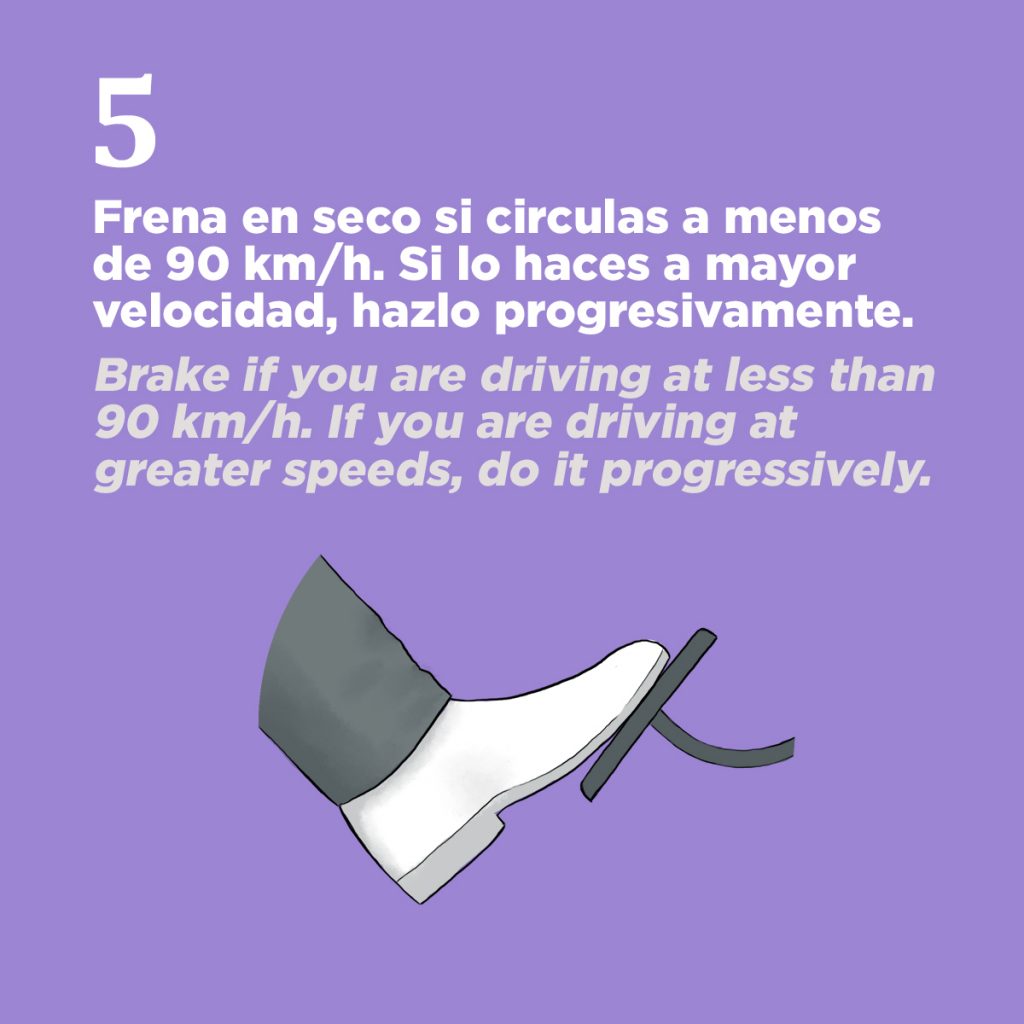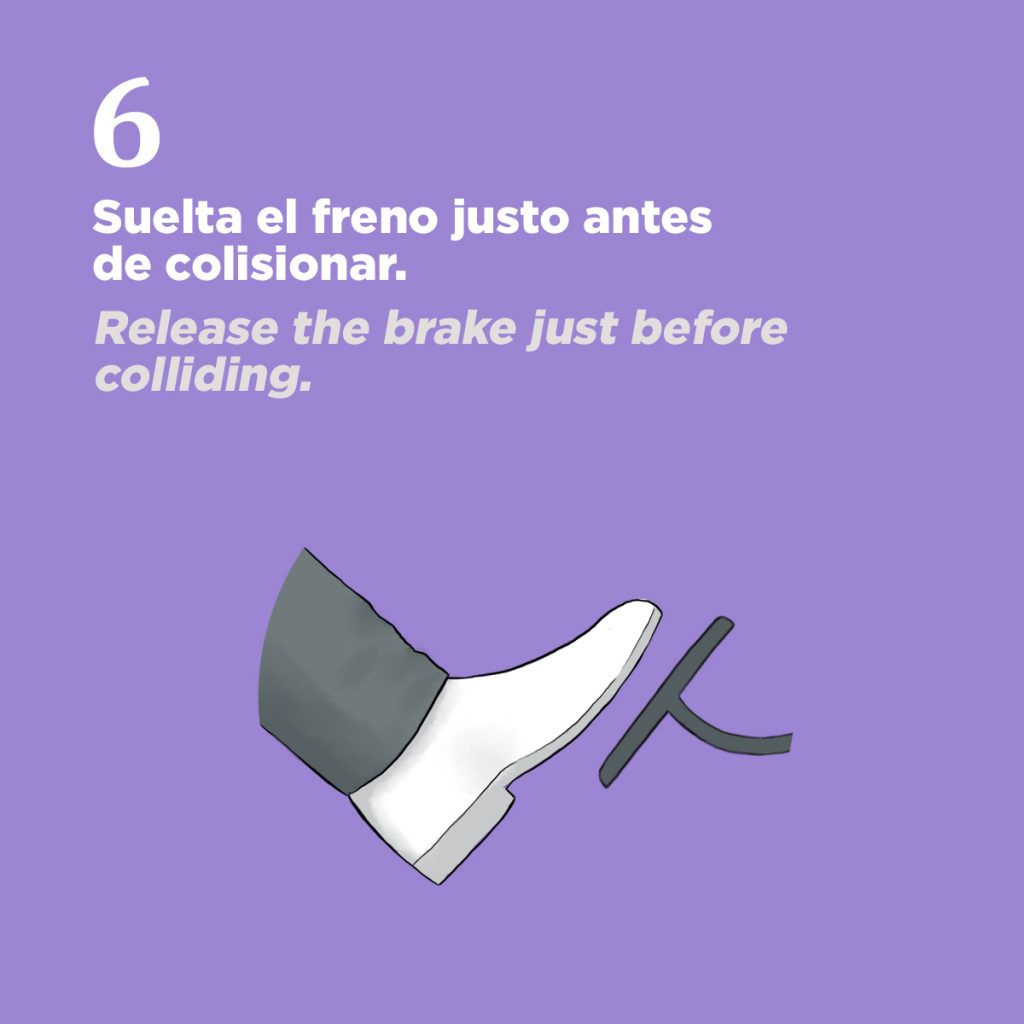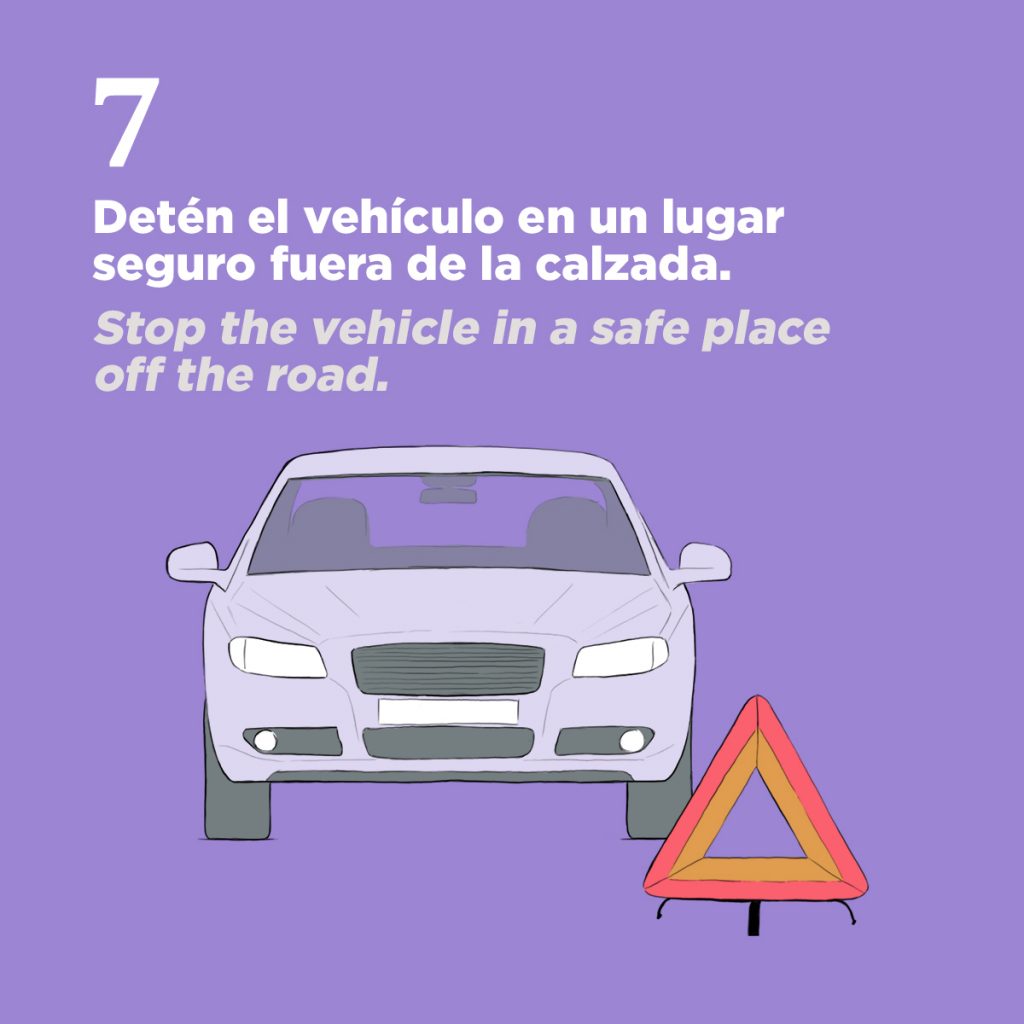What to do if an animal appears on the road?
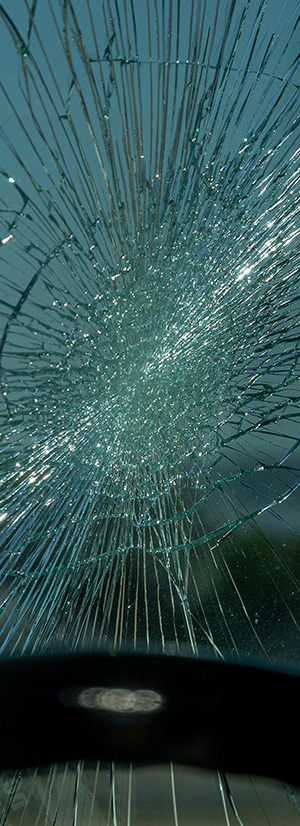
Driving on roads through forests and countryside can be a pleasure. Beautiful landscapes open up before us and nature offers the traveler its beauty and splendor.
But the negative side of traveling on rural and regional roads is the danger that some wild animal might jump out unexpectedly and cause an accident.
Fortunately, if such a risk exists, there are road signs along the way that warn of the danger and encourage us to drive carefully and be extra cautious behind the wheel.
People in Canada are well aware of the risks of bumping into moose, deer, coyotes, and other wildlife when traveling on the road. Hence the presence of organizations such as the WCPP (Wildlife Collision Prevention Program) which seeks to protect both humans and animals from possible traffic accidents. Their prevention actions are focused on British Columbia, where hunting is a major economic activity.
According to the WCPP, approximately 11,000 animal-related accidents are reported to the state insurer ICBC each year, causing an average of 870 injuries and four deaths. In Spain, according to data collected by the insurer Línea Directa in its study Animals on the road: A mortal danger. Accidents involving animals on Spanish roads (2017-2021), this type of accident has doubled to reach 11,400 accidents, and they usually occur in rural environments, at night, on weekends and in the fall. Here the animal species involved change, with wild boars and dogs causing the most problems. In addition, with the reform of the Traffic Law of 2014, the responsibility for these accidents falls on the owner of the vehicle, with some exceptions.
What to do if an animal appears on the road?
Concentration behind the wheel is essential when driving, much more on roads marked as dangerous due to the presence of wild animals.
If we spot the animal early enough, it is advisable to stop the vehicle and wait for the animal to cross and leave the road. Also, lightly touch the horn or flash your lights to scare it away. But what do we do if the animal suddenly crosses our path or we find it standing in the middle of the road in an area of low visibility?
The Canadian WCPP and the DGT in Spain give similar advice. The main thing is not to swerve, since this increases the risk of colliding with other vehicles that come from the front or that we lose control of the car and crash into the central reservation or end up in the ditch. Their recommendations are to:
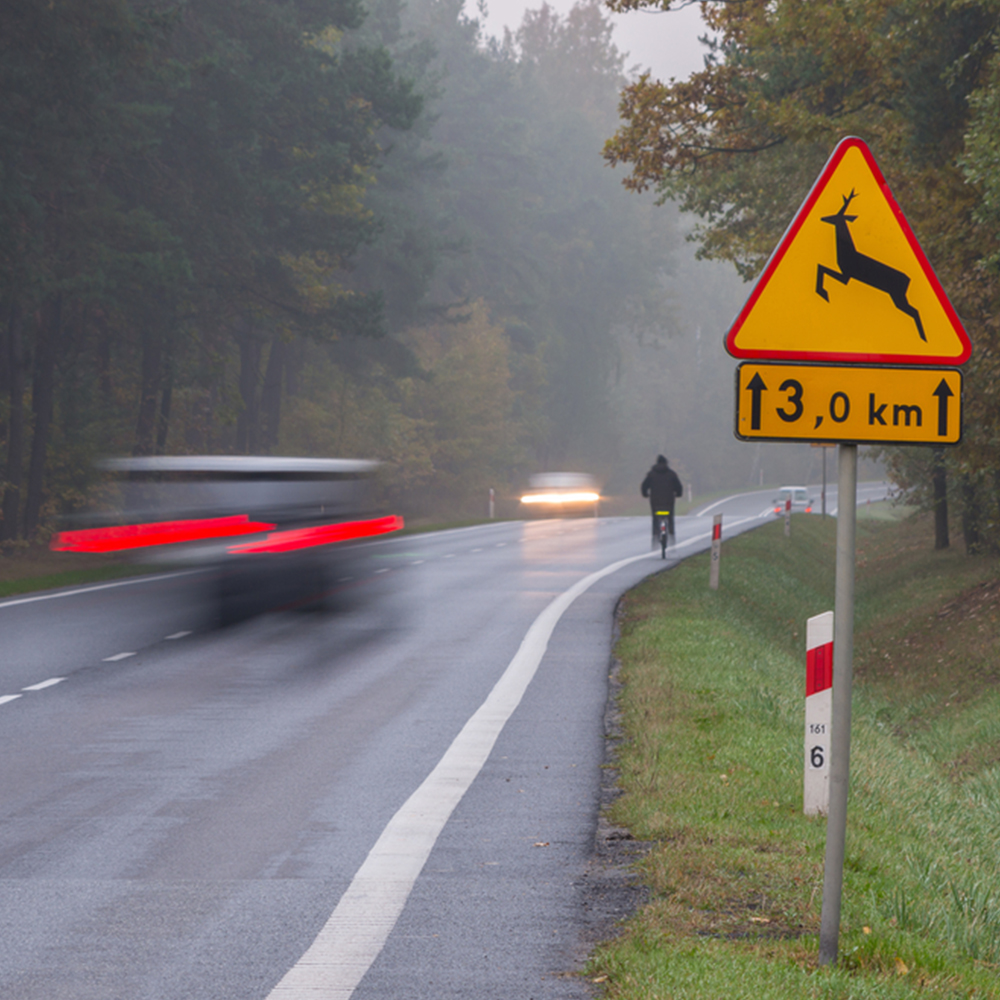
- Brake if possible.
- Turn towards the place where the animal came from. Wild animals that come out of the ditch onto the road often run in the direction they are already going. Therefore, it is advisable to try to direct them in the opposite direction; hopefully by the time you get to them they will already be out of your way.
- Look where you want to go, not at the animal
- Try to hit from the side, not from the front: If the crash is unavoidable and you have to hit it, try to do it so that you only brush against the animal, and from the side, not from the front. This could minimize injury and damage.
- Brake if you are driving at less than 90 km/h. If you are driving at greater speeds, do it progressively. Remember: speeding can significantly increase damage and injury if a collision occurs.
- Release the brake just before colliding. This will raise the nose of the vehicle and prevent the animal from crashing into the windshield.
- Stop the vehicle in a safe place off the road. Put on your hi-vis vest, activate the emergency lights and mark the place of the accident. And don’t go near the animal, it could only be injured and very dangerous.
Remember
